- Informatii telefonice:(+40) 748 400 200
Science Research Writing | Hilary Glasman-Deal
Cod intern: xsales_1388043Producator: World Scientific Europe Ltd
Vizualizari: 30 / Achizitii: 18
Stoc: In stoc
Pret: 135.0 RON
Acest produs este publicat in categoria Librarie la data de 15-03-2025: 10:03 si vandut de Carturesti. Vanzatorul isi asuma corectitudinea datelor publicate. ( alege finantarea potrivita )
-
Produs cu garantie
-
Livrare direct din stocul fizic al Carturesti
-
Retur gratuit minim 14 zile de la data achizitiei
This book enables STEMM researchers to write effective papers for publication as well as other research-related texts such as a doctoral thesis, technical report, or conference abstract.Science Research Writing uses a reverse-engineering approach to writing developed from extensive work with STEMM researchers at Imperial College London. This approach unpacks current models of STEMM research writing and helps writers to generate the writing tools needed to operate those models effectively in their own field. The reverse-engineering approach also ensures that writers develop future-proof strategies that will evolve alongside the coming changes in research communication platforms.The Second Edition has been extensively revised and updated to represent current practice and focuses on the writing needs of both early-stage doctoral STEMM researchers and experienced professional researchers at the highest level, whether or not they are native speakers of English. The book retains the practical, user-friendly format of the First Edition, and now contains seven units that deal separately with the components of written STEMM research communication: Introduction, Methods, Results, Discussion, Conclusion, Abstract and Title, as well as extensive FAQ responses and a new Checklist and Tips section. Each unit analyses extracts from recent published STEMM journal papers to enable researchers to discover not only what to write, but, crucially, how to write it.The global nature of science research requires fast, accurate communication of highly complex information that can be understood by all participants. Like the First Edition, the Second Edition is intended as a fast, do-it-yourself guide to make both the process and the product of STEMM research writing more effective.

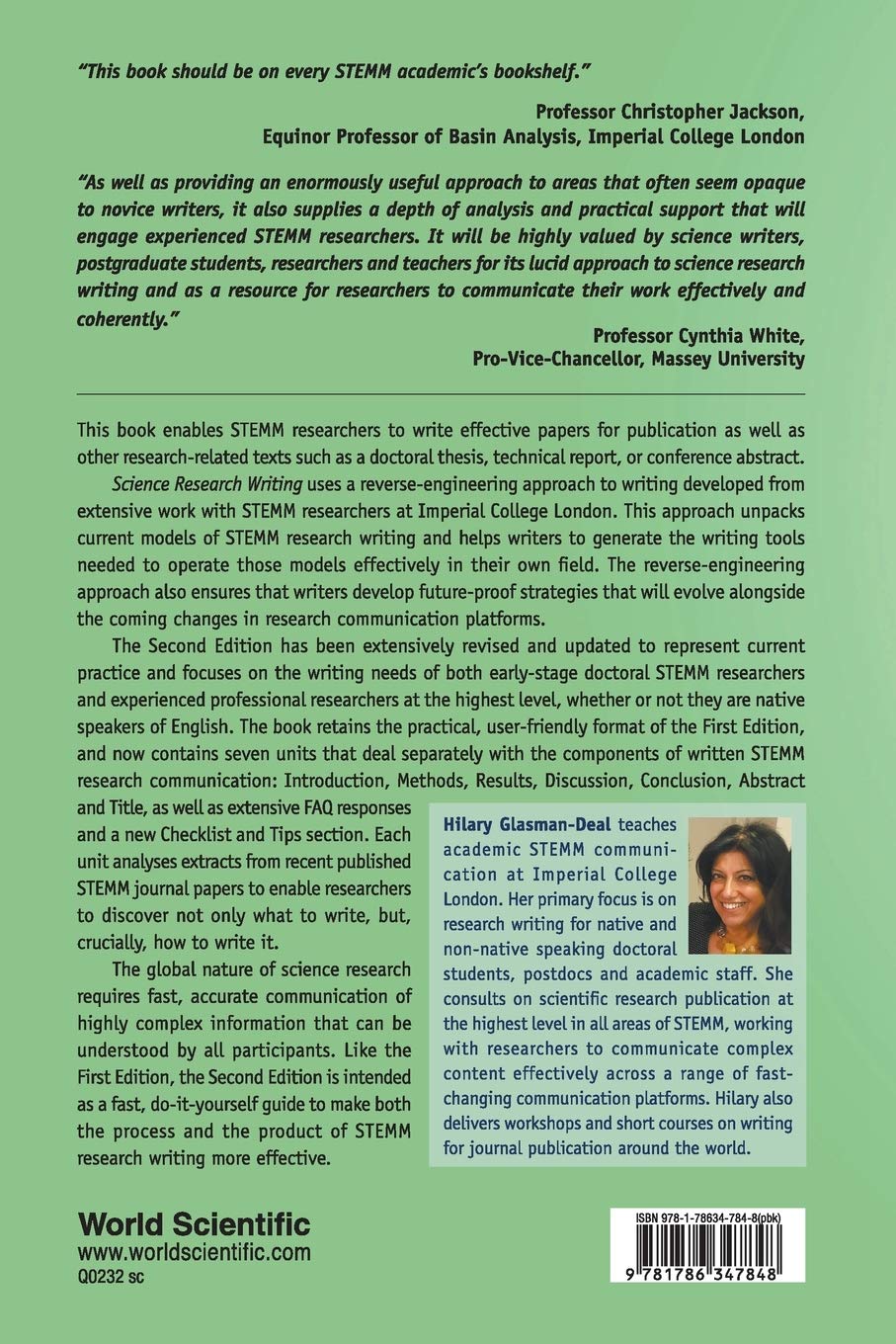
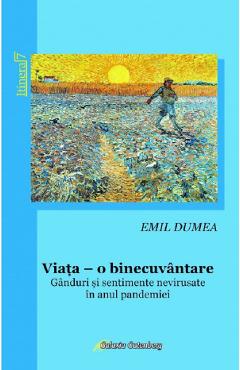


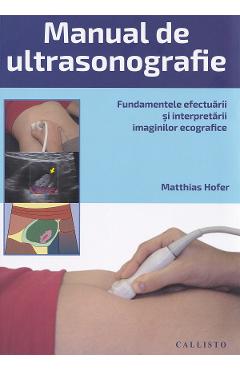






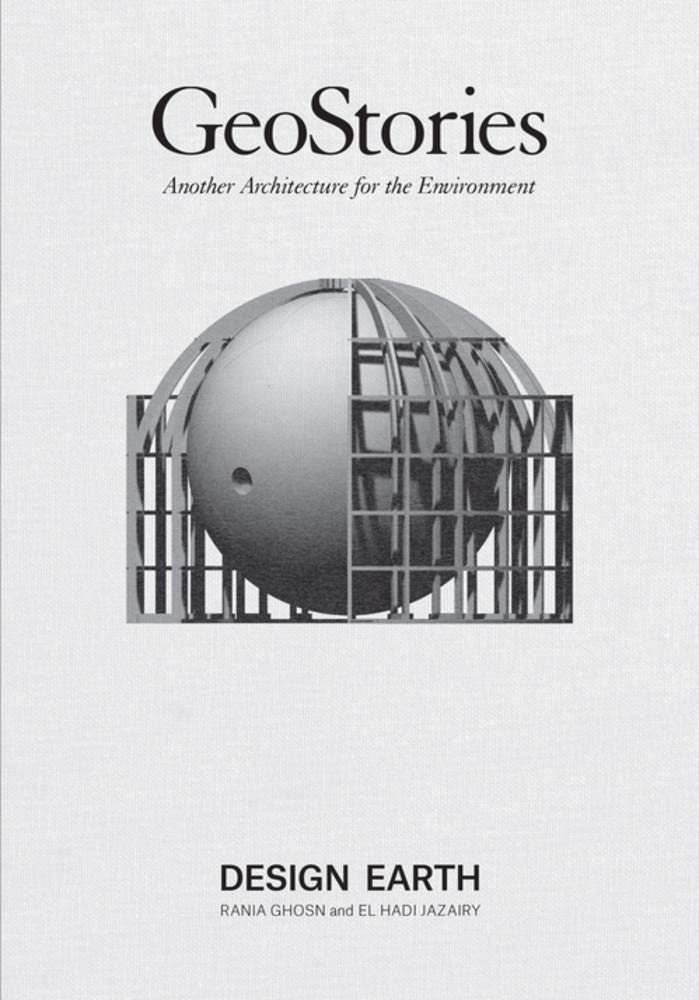









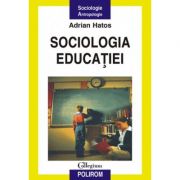




Scrie parerea ta
Science Research Writing | Hilary Glasman-Deal
Ai cumparat produsul Science Research Writing | Hilary Glasman-Deal ?
Lasa o nota si parerea ta completand formularul alaturat.
This book enables STEMM researchers to write effective papers for publication as well as other research-related texts such as a doctoral thesis, technical report, or conference abstract.Science Research Writing uses a reverse-engineering approach to writing developed from extensive work with STEMM researchers at Imperial College London. This approach unpacks current models of STEMM research writing and helps writers to generate the writing tools needed to operate those models effectively in their own field. The reverse-engineering approach also ensures that writers develop future-proof strategies that will evolve alongside the coming changes in research communication platforms.The Second Edition has been extensively revised and updated to represent current practice and focuses on the writing needs of both early-stage doctoral STEMM researchers and experienced professional researchers at the highest level, whether or not they are native speakers of English. The book retains the practical, user-friendly format of the First Edition, and now contains seven units that deal separately with the components of written STEMM research communication: Introduction, Methods, Results, Discussion, Conclusion, Abstract and Title, as well as extensive FAQ responses and a new Checklist and Tips section. Each unit analyses extracts from recent published STEMM journal papers to enable researchers to discover not only what to write, but, crucially, how to write it.The global nature of science research requires fast, accurate communication of highly complex information that can be understood by all participants. Like the First Edition, the Second Edition is intended as a fast, do-it-yourself guide to make both the process and the product of STEMM research writing more effective.
Acorda un calificativ